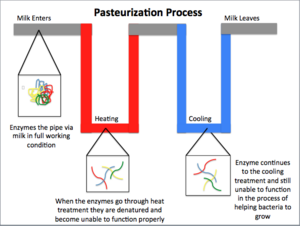• pasteurization facts
• pasteurization when discovered
• pasteurization equipment
Not Finding Your Answer?
Post It On KidzTalk Homework Help
Post It On KidzTalk Homework Help
Report a search problem
mobile version
Copyright 2005-2024 KidzSearch.com




